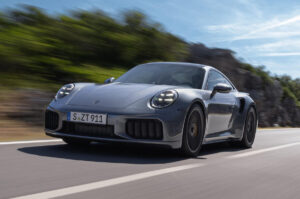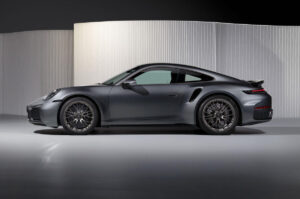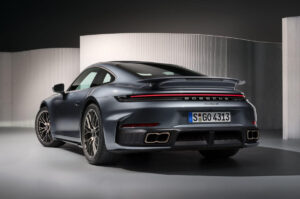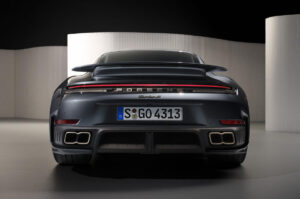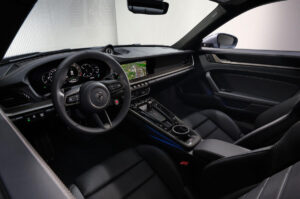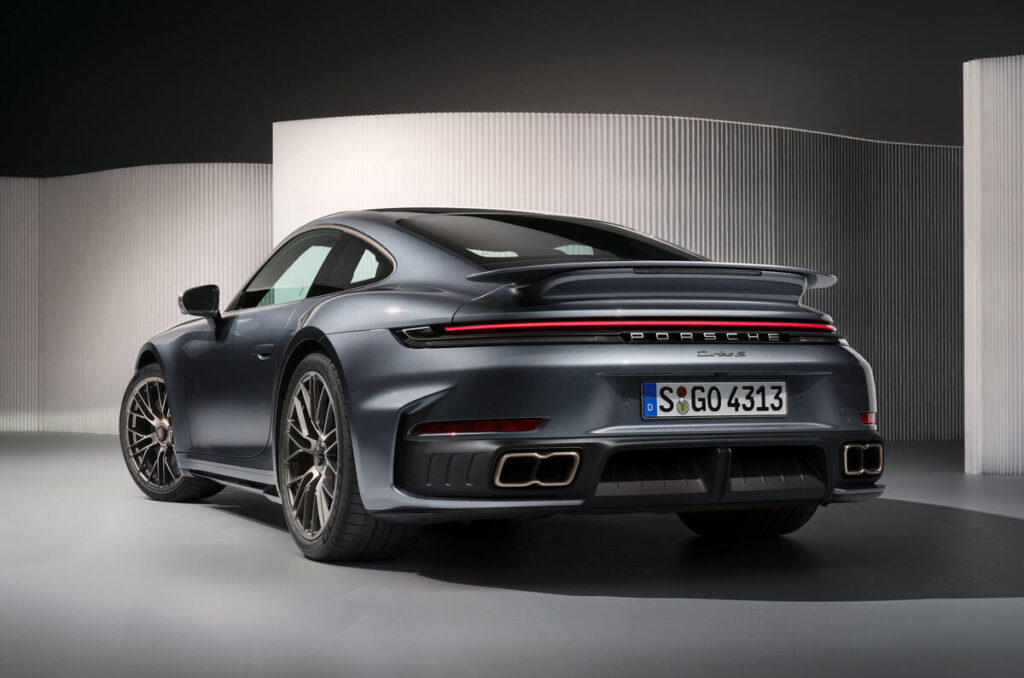
The new 992.2 Porsche 911 Turbo S has arrived with a hybridised flat-six engine that delivers more power than any previous version of the iconic sports car.
The introduction of hybrid technology marks the biggest technical change to the Turbo S since the addition of a second turbocharger and all-wheel drive in the mid-1990s. Power now climbs beyond 701 hp (523 kW), which naturally comes with a higher price tag.
In coupé form, the hybrid Turbo S will cost from R5,558,000, while the cabriolet is priced from R5,827,000. Deliveries are scheduled to begin late in 2025. At this stage, a non-S model has not been confirmed and may never appear, reflecting the dominance of the S variant in recent years.
Although officially a mid-life update to the 992-generation Turbo S launched in 2020, the changes beneath the surface are extensive. The previous 3.7-litre flat-six has been replaced by a 3.6-litre unit adapted from the Carrera GTS hybrid. It retains asymmetric valve timing but adds new pistons for a higher compression ratio, alongside an extra electrically assisted turbocharger. Both turbos now work in parallel.
The result is 701 hp (523 kW) produced between 6500 and 7000 rpm, up from 641 hp (478 kW) in the outgoing car, with torque holding steady at 800 Nm (590 lb-ft) but spread much more broadly from 2300 to 6000 rpm. That wider torque band should translate into even stronger performance across real-world driving scenarios.
Porsche’s T-Hybrid setup employs a 1.9 kWh battery positioned ahead of the bulkhead. This powers an electric motor mounted on the shaft between the compressor and turbine wheels of each turbo, allowing them to spool almost instantly. Peak boost is said to arrive roughly two seconds earlier, essentially eliminating lag. A second motor sits within the reinforced eight-speed PDK gearbox, contributing up to 188 Nm (139 lb-ft) of torque to sharpen response further.
Once the turbos are fully spinning, the motor can also regulate their shaft speed, recovering energy and sending it to the battery or gearbox motor during deceleration. It’s a self-contained system, meaning the Turbo S is not a plug-in hybrid.
Performance figures remain staggering. The official 0 to 100 km/h (62 mph) time is quoted at 2.5 seconds, but given the previous car often beat its claim, expect this new version to be quicker still. Top speed drops slightly to 322 km/h (200 mph).
The chassis has also been updated. Rear tyres are now 325 mm wide, matched with larger brakes, while carbon-ceramic discs and rear-wheel steering are standard. Active aerodynamics remain central, with a two-level rear wing, deployable front splitter, and now new adjustable gills in the front bumper. The electrohydraulic active anti-roll bars, running on the car’s 400V system, react faster than before.
Lightweight measures include a titanium exhaust saving 6.8 kg and composite wiper arms at half the weight of the old ones. Still, the overall weight has risen by 85 kg to 1,725 kg, including optional rear seats.
“The 911 Turbo S is the most complete and versatile way to drive a Porsche 911. Whether in daily use, on long motorway drives or on the racetrack we have been able to make the new 911 Turbo S even more comfortable, more individual and significantly faster than its predecessor,” said Frank Moser, Vice President of the 911 model line.

